Susuanne Bushman, Copy Editor
bushmans@grinnell.edu
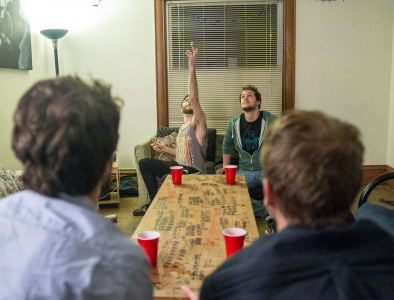
Photo by Misha Gelnarova
While the jury is out about if beer die is a game or a sport — players hold both opinions — most members of the Grinnell College Beer Die League agree that it takes a lot of strategy to play well.
The game is complicated and the strategies for winning are just as complex and intricate, with players applying strategy to nearly all parts of play.
Arguably the most important, and definitely the most divisive, decision that players make with regard to play has to do with the way that they throw. Official rules state that players may not throw with their wrist or palm facing their opponent, leaving players to choose either overhand or underhand.
The debate has been around for a while but took center stage last year when a rise in players throwing overhand lead to serious discussions about the spirit of the game. Most players feel that overhand throws are more aggressive, and likely to score points, while underhand is more likely to make opponents drink. While some players are ambivalent about the difference, or switch between the two styles, controversy has arisen in the past.
“Underhand tossing is the only true way to play the game,” wrote Ryan Hautzinger ’15, last year’s Beer Die League Commissioner, in an email to the S&B. “The use of overhand has invaded the league and campus like a pestilence brought on Egypt. Overhanders’ ability to score much quicker ruins the stamina aspect of the game as well as eliminating the need to be precise when tossing,”
“You definitely could score a lot more with the overhand, but I kind of feel like they’re cheating,” said Will Hamilton ’17. “You’re not supposed to have your palm facing before you let go and some kind of do a flick of the wrist when they let go.”
Many players, however, feel that both styles are valid, and that it’s up to the teams to decide what their strategy should be.
“I’m really into trying to get splashdowns,” said Daniel Goldstein ’16. “It’s probably the most satisfying toss to have. I’m always down to get a point, but oftentimes that comes with aiming for their cup anyway. … Last year, I threw overhand, which is not as easy to splash, but this year I switched to underhand, so I changed to more the drinking side.”
Goldstein’s former partner, however, has not made the same change.
“I’m kind of a bigger guy and so I throw overhand,” said Tim Sherwood ’16. “I’m not really worried about missing the table that often. So I usually throw up high and try to hit the edge of the table as much as possible and just try to score as fast as possible. My catching is fine, but I’d rather just score and get the game out of the way.”
This is also important for Sherwood, because of the disparity between he and his current partner’s ability to drink the number of beers involved in a long match, making it more important to end the game quickly.
Partners also make decisions about who will catch, when to target weaker players on opposing teams and where to play, all of which can change the course of a match. At the end of the day, however, having fun is the name of the game.
“I always try to just have fun and I always get to meet someone new whenever I play, too, so that’s what I really like about it,” Hamilton said.



















































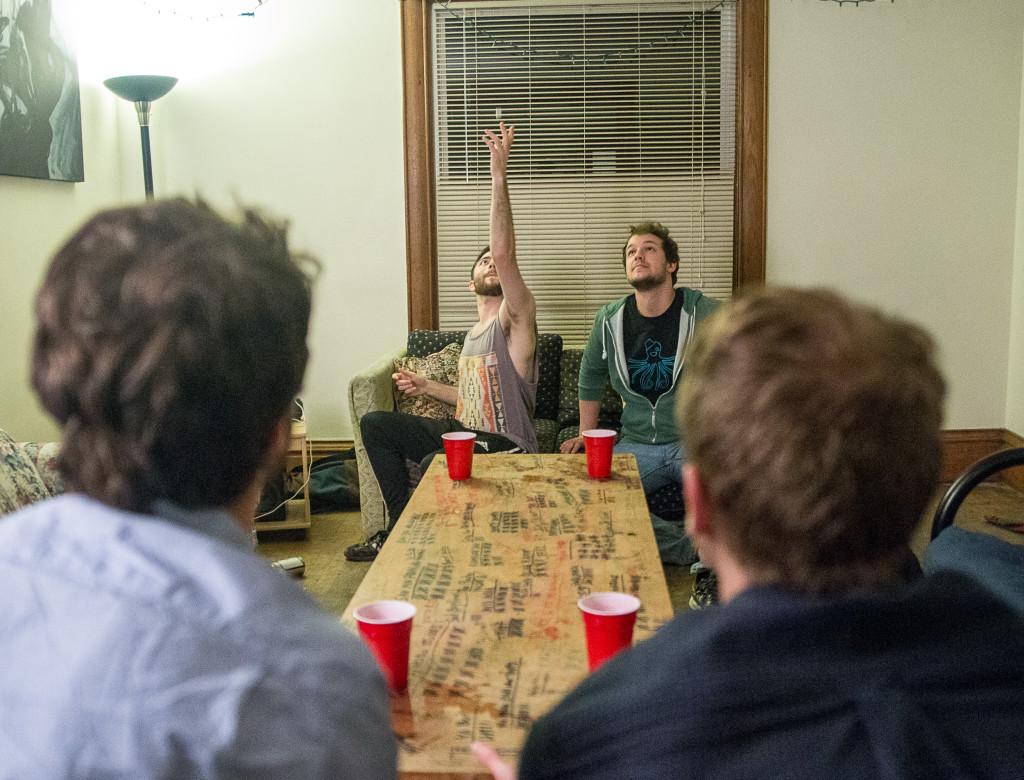
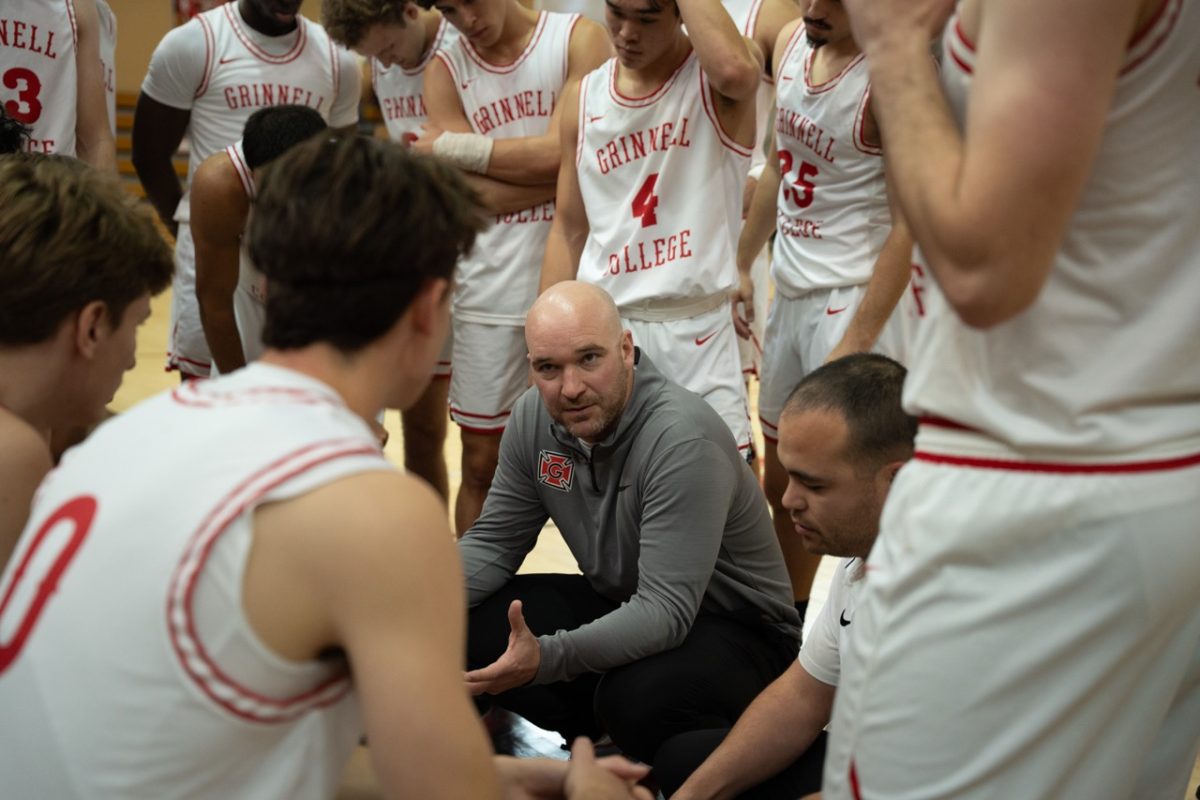
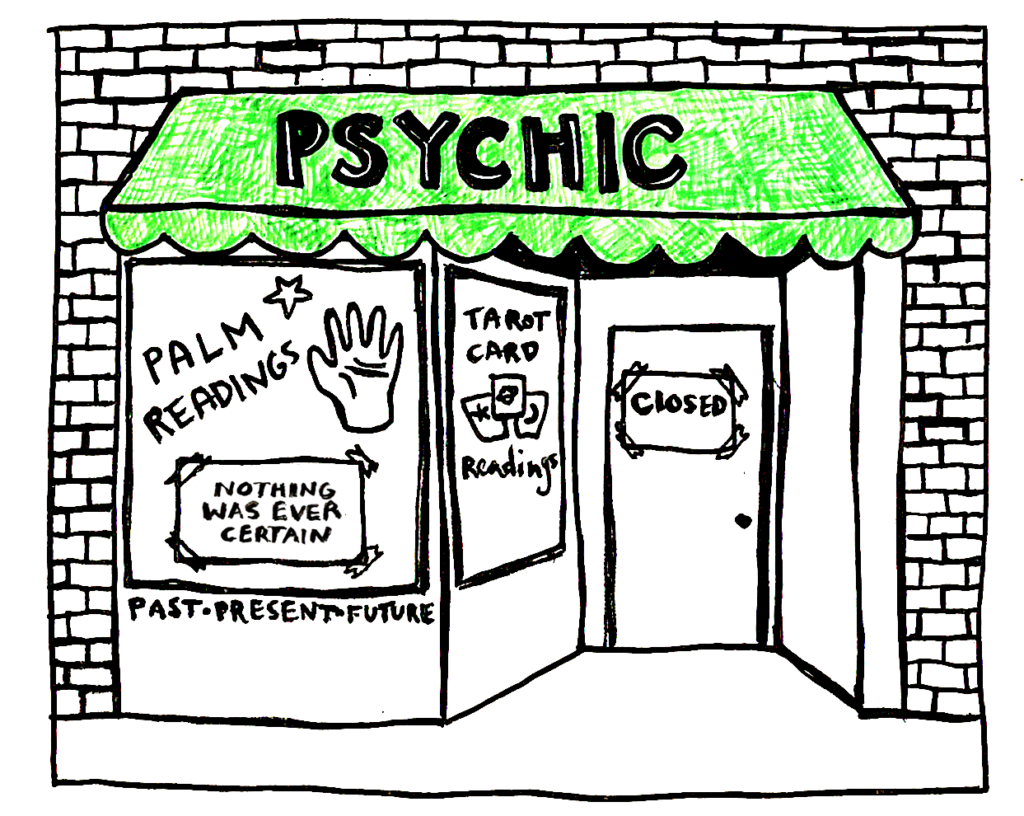
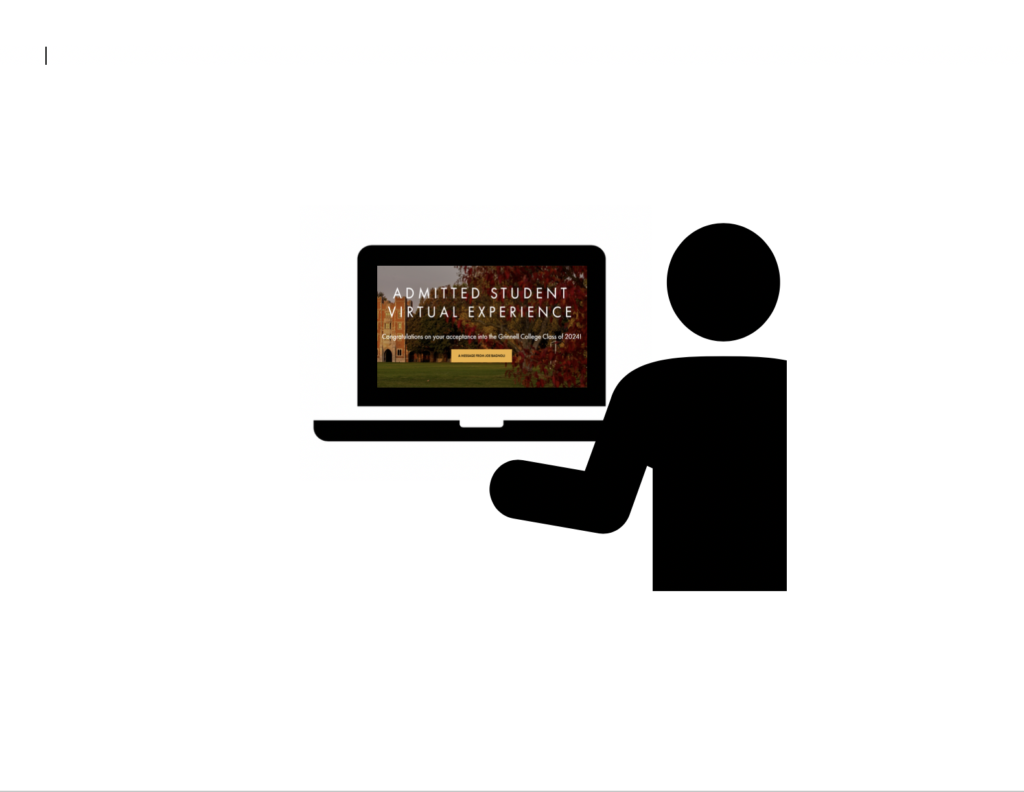
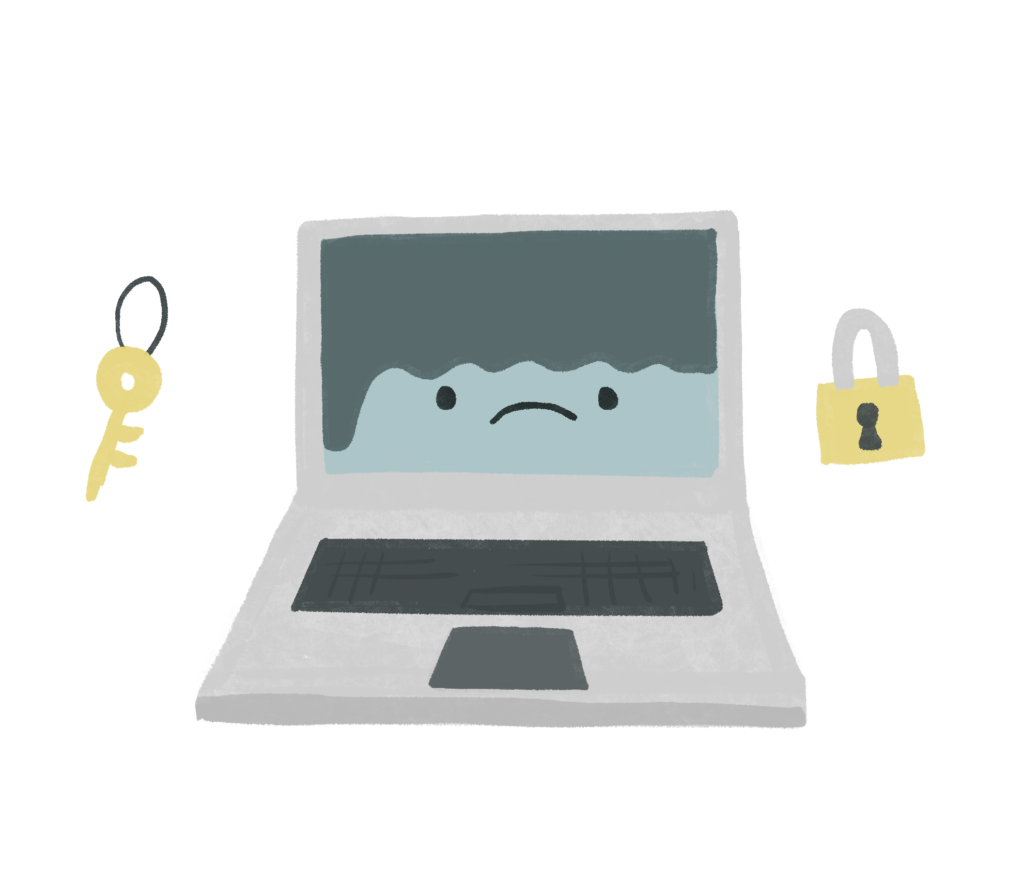


Jose Coloma • Apr 14, 2016 at 11:59 pm
You forgot to add CIROC